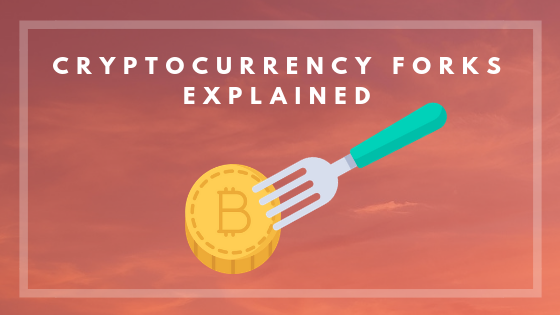摘要: You may have heard the term Bitcoin Forks being thrown around in the cryptocurrency space. But do you understand what they really are?

▲來源:medium.com
You may have heard the term Bitcoin Forks being thrown around in the cryptocurrency space. But do you understand what they really are? We have already introduced Blockchains and how they work by adding the most recently verified block to the chain predating it. Well cryptocurrency forks are a split in the blockchain and can happen due to a number of reasons. In this article will look at what they are, the types of forks and why they happen.
What is a Fork?
When it comes to Bitcoin and cryptocurrencies, there are two types of forks; Hard Forks and Soft Forks. At the most basic level, these forks occur due to a group of participants disagreeing about how the protocol for a particular blockchain is working. It is usually due to a group of developers wanting to change the rules that the blockchain uses to verify the validity of its transactions. This group of developers could choose to change a part of the protocol and the Blockchain will then diverge or ‘fork’ into two potential paths forward.
Hard Forks
A hard fork occurs when a new rule is introduced to a protocol and it must diverge permanently from the current version of the blockchain. It therefore requires all nodes to upgrade to the latest version of the protocol software. By forking in this manner, one path will follow the new upgraded blockchain. The other path continues along as it did before.
Bitcoin Cash (BCH) is an example of a Hard Fork from the original Bitcoin blockchain. In August of 2017, BCH forked from the original Bitcoin blockchain. It sought to increase the block size from 1Mb as on Bitcoin to 8Mb on Bitcoin Cash to help scalabilty. This is probably the most famous hard fork to date, although many hard forks of the Bitcoin blockchain have occurred. These forks have given rise to Bitcoin Gold, Bitcoin Diamond, Bitcoin Private and more.
A hard fork can be implemented to correct important security risks or to roll back the blockchain and reverse transactions. The latter was the case with Ethereum and the DAO (Decentralised Autonomous Organisation) hack. The Ethereum community voted in favour of a Hard Fork roll back in order to recover tens of millions in funds that was stolen in the DAO hack.
With a hard fork, you are also entitled to funds in the form of the token associated with the new blockchain. For example, if you held 10 Bitcoin at the time of the Bitcoin Cash hard fork, and were using a wallet supporting the fork, you would have also received 10 Bitcoin Cash.
Soft Forks
A soft fork on the other hand, is a backwards compatible with all previous blocks in the blockchain. This means that existing nodes on the network do not need to upgrade or accept a new protocol in order to see new transactions as valid. Though soft forks can also potentially split a blockchain, the likelihood of this happening is much lower. For this reason, they are often used in order to implement more minor software upgrades.
Forking the Future
Cryptocurrency forks will continue to be an integral part of the overall landscape. Many of the forks to date have focused around either scalability or security upgrades. Scalability was the case with Bitcoin Cash. Other forks on Monero for example have addressed security upgrades to include RingCT as a means of further privatising transactions on its blockchain.
We will continue to see forks occurring to allow Blockchains and protocols to adapt to ever changing market needs.
轉貼自: medium.com
若喜歡本文,請關注我們的臉書 Please Like our Facebook Page: Big Data In Finance


留下你的回應
以訪客張貼回應